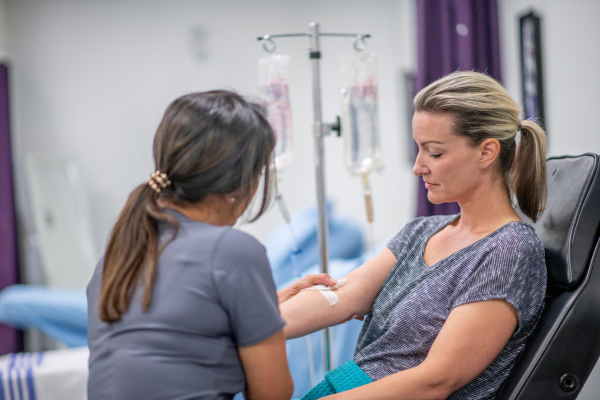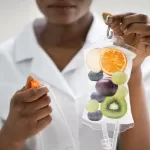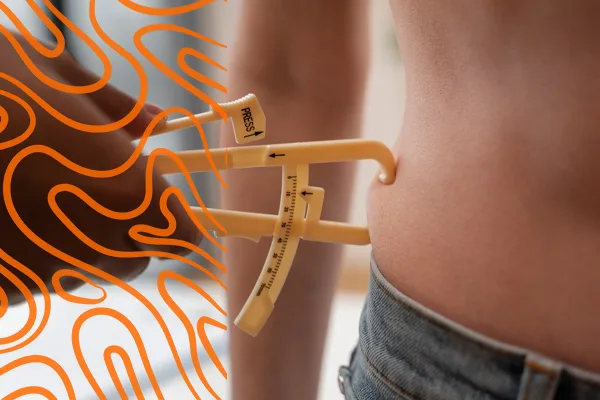Is IV Nutrition Therapy Safe? Risks, Side Effects & Safety Tips
IV nutrition therapy delivers vitamins and minerals directly into the bloodstream, promising quick absorption and potential health benefits. However, it comes with risks, including:
- Infections & vein inflammation from improper administration
- Air embolism & blood clots leading to severe complications
- Allergic reactions & tissue damage if not handled properly
- Nutrient overdose causing toxicity, kidney strain, or electrolyte imbalance
- Lack of regulation leading to misleading claims and unsafe practices
While IV therapy can be beneficial in specific medical cases, for general wellness, a balanced diet remains the safest approach. Always consult a healthcare professional before undergoing treatment.
Understanding IV Nutrition Therapy
IV nutrition therapy has become popular as an effective method to directly supply essential nutrients to your bloodstream. It Bypasses the digestive system and makes the absorption process much faster. It can boost your energy, help your immune system, and speed up your recovery from illness or fatigue. For those who seek a boost in wellness or looking for specific health goals such as rehydration, replenishing, or rejuvenation, IV nutrition therapy offers a unique opportunity. That’s only if you’re familiar with the risks of IV nutrition therapy.
Intravenous Nutrition Therapy is abbreviated as IV therapy. It functions by using an IV drip to infuse the body with vitamins, minerals, and other nutrients. Because it avoids the digestive system and allows for quick nutritional absorption, this mode of delivery has been chosen. It is typically promoted as a way to increase immunity, increase energy, and speed up recovery from exhaustion or illness.
IV therapy includes some dangers that should be carefully evaluated despite all of its well-publicized advantages. These concerns include infections, allergic reactions, electrolyte imbalances, and potential toxicity. Additionally, some people consider IV therapy fot cold.

What Are the Possible Dangers of IV Nutrition Therapy?
Recently, intravenous nutrition therapy has become quite popular, considering it is a quicker route to flood the circulatory system with vitamins, minerals, and other nutrients. Advocates of the practice claim that it not only gives one energy and enhances immune function but can also combat a hangover.
Despite its rising appeal, there are risks and a slew of possible drawbacks associated with the practice that should not be overlooked. Below, we will consider some of these risks of IV nutrition therapy in detail, including information about the side effects, safety, and special populations. It’s important to note that IV therapy side effects can include infection at the injection site, vein inflammation, and in some cases, more severe reactions like blood clots or air embolisms.
The Basics of IV Nutrition Therapy
IV nutrition therapy involves the injection of vitamins and minerals directly into a patient’s bloodstream via an IV drip. Supporters of the treatment claim that it bypasses the digestive system, allowing for the delivery of nutrients directly into the cells for faster absorption. That may sound efficient, but it’s actually a whole lot more complicated than that and potentially dangerous.
Common Side Effects and Risks of IV Nutrition Therapy
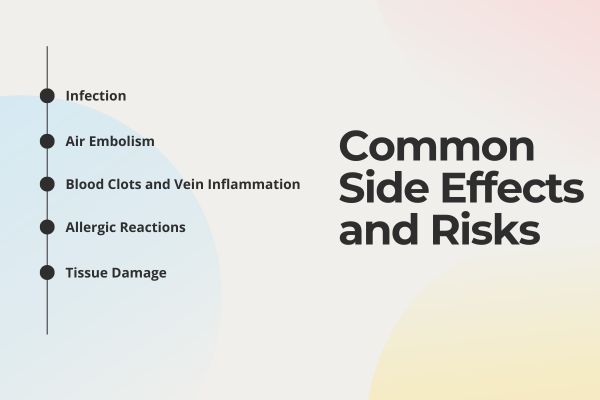
Even though administered by a highly skilled professional, there are associated risks with the IV nutrition therapy. The following are common side effects and potential hazards of undergoing a fortification infusion:
Infection
Since IV therapy is related to the puncturing of skin and exposing a vein directly, infection is always a possible risk. The risk multiplies manifold if non-sterile equipment is used or the environment is not properly sanitized. In some cases, these bacteria can even enter the bloodstream and cause severe infections, leading to conditions such as sepsis. While a qualified healthcare provider minimizes the risk of IV nutrition therapy by following strict protocols, it is still considerable.
Air Embolism
An air embolism is caused by the entry of an air bubble into a vein and then to the heart, lungs, or brain. If blood flow is obstructed by that bubble, it might have severe and life-threatening consequences in the form of a stroke or heart attack. Though the occurrence of an air embolism is very rare, still one may happen if the IV is not administered properly; therefore, a proficient and expert person is required for this purpose.
Blood Clots and Vein Inflammation
Insertion of an IV catheter may inflame the vein or irritate the vein, which can be described as phlebitis. In more severe cases, there could be clotting associated with thrombosis. These conditions could be painful and require seeking greater medical help. This holds for those persons who can develop vascular problems or suffer from clotting.
Allergic Reactions
Just like with any substance introduced into the body, there is always a possibility of allergy. These can range from very simple, like a rash, to very serious, such as anaphylaxis, possibly life-threatening. Since IV therapy introduces concentrated nutrition directly into the circulatory system, any adverse reaction could rise in intensity very fast, mandating a call for immediate medical help.
Tissue Damage
The inappropriate insertion of the IV or the infused solution leaking into surrounding tissues may cause tissue damage. If highly concentrated solutions are infused, then the situation becomes a serious concern. Further effects may include skin irritation, tissue necrosis, and permanent scarring if the procedure is not done precisely.
Specific Concerns Regarding Vitamin Overdose
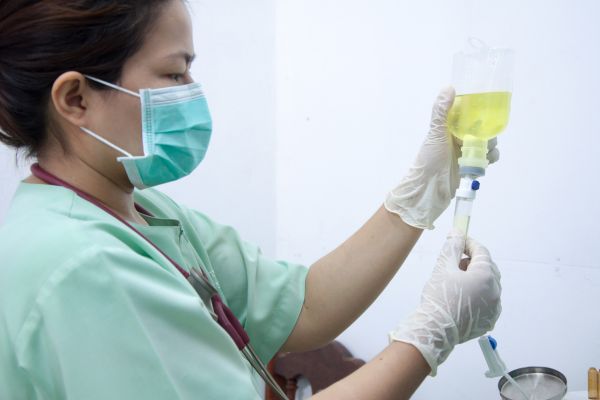
Although nutrients are very important for health, too much of a good thing can still be harmful. Overload of some vitamins or minerals in the blood stream could result in toxicity; this is particularly true with the fat-soluble vitamins, which are stored in the body tissues, not as easily excreted as are the water-soluble vitamins. Some of the possible dangers of nutrient over-dosage include:
Vitamin A Toxicity
Too much vitamin A can result in side effects like headaches, dizziness, and nausea, as well as much more serious conditions, such as liver damage and problems with the nervous system. Chronic poisoning by vitamin A can potentially turn out to be much more dangerous and is significantly more likely to be caused by multiple administrations of large doses through IV therapy.
Kidney Strain and Stone Formation
Large amounts of certain nutrients like vitamin C can enhance the levels of oxalates in the organism, which can be one of the reasons for the formation of stones in the kidneys. The group of particular interest includes those with some kind of pre-existing kidney problem, and they are more susceptible to experience side effects from large doses of vitamins and minerals.
Electrolyte Imbalance
Electrolytes, exemplified by potassium and magnesium, play a very important role in the body, but in a very delicate balance. An overdose can offset this balance to dangerous conditions like cardiac arrhythmias. Overdosage of potassium, for example, might lead to life-threatening cardiac conditions if not monitored well.

Lack of Regulation and Standardization
One major issue with IV nutrition therapy is the utter lack of regulation and oversight. In most countries, including in the United States, IV vitamin therapy is not regulated like pharmaceutical drugs. The FDA does not review these treatments for safety or efficacy; therefore, there is little standardization of ingredients or claims that providers make.
This can result in some clinics working with unverified or non-approved mixtures, which places clients at risk unnecessarily. Given these concerns, it’s crucial to consider how often should you get IV therapy, as frequent treatments may increase the risk of adverse effects and long-term complications.
False and Deceptive Claims
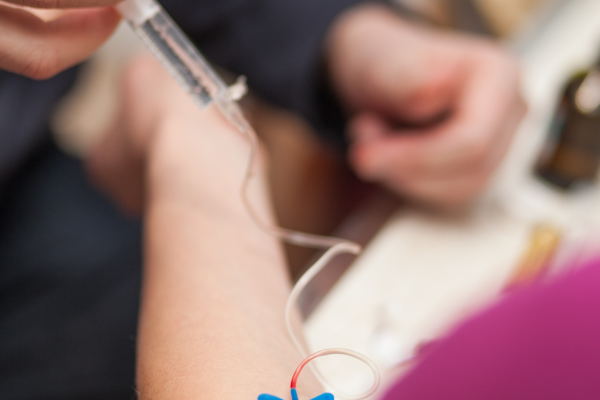
Some IV therapy providers exaggerate or make unproven claims for their treatments, touting everything from the cure of serious diseases to miracle-like anti-aging effects. If it is not underpinned by solid scientific proof, then such a claim will be a misrepresentation, which may turn the public attention towards untested or ineffective treatments instead of medically proven ones.
Related Article: What is NAD IV therapy
Who Should Avoid IV Nutrition Therapy?
It is contraindicated in some populations either because of the underlying health condition or potential complication; hence, IV nutrition therapy has to be avoided:
- Patients with Renal Disease: With reduced renal function, the patients will not clear excesses of nutrients from the blood as easily and increase their potential for toxicity.
- Individuals with Hemochromatosis: This is an inherited disorder in which the body absorbs too much iron from food. Because of this, the blood contains toxic levels of iron, so IV therapy should not be done since it will increase the overload of iron.
- Glucose-6-Phosphate Dehydrogenase (G6PD) Deficiency: Since this is an inherited genetic disorder, the likelihood of complications in these patients from some types of IV vitamin therapy, especially high dosages of vitamin C, increases.
Psychological and Financial Considerations
There are also the psychological and financial factors. The lure of the quick fix or wanting to feel one’s best can lead many people to spend tens of thousands, if not hundreds of thousands, of dollars on therapies with little benefit. Indeed, such overreliance on IV therapy can be psychologically addictive in and of itself: people believe they need to have these regular infusions to stay well but are sidetracked from more sustainable approaches to health promotion, such as good diet and exercise.
Conclusion: Is IV Nutrition Therapy Worth the Risk?
While intravenous nutrition therapy likely has its benefits in certain clinical settings, such as those suffering from severe malnutrition or other conditions that make it impossible to digest any food through the gastrointestinal tract, the practice remains highly controversial for more general application as a wellness trend. Among all other reasons, infections, nutrient overdose, and unregulated treatment are the other risks of IV nutrition therapy that should pause anyone who considers this option.
Always consult with a medical professional before undergoing any kind of IV therapy, and avoid clinics that dole out unrealistic expectations of treatment outcome. For most people, a well-balanced diet remains the safest and most effective way to get the nutrients your body requires. If you are considering IV therapy in Dubai, it’s essential to seek out the best clinics that prioritize safety, use high-quality ingredients, and have a strong reputation for professionalism and client care.


